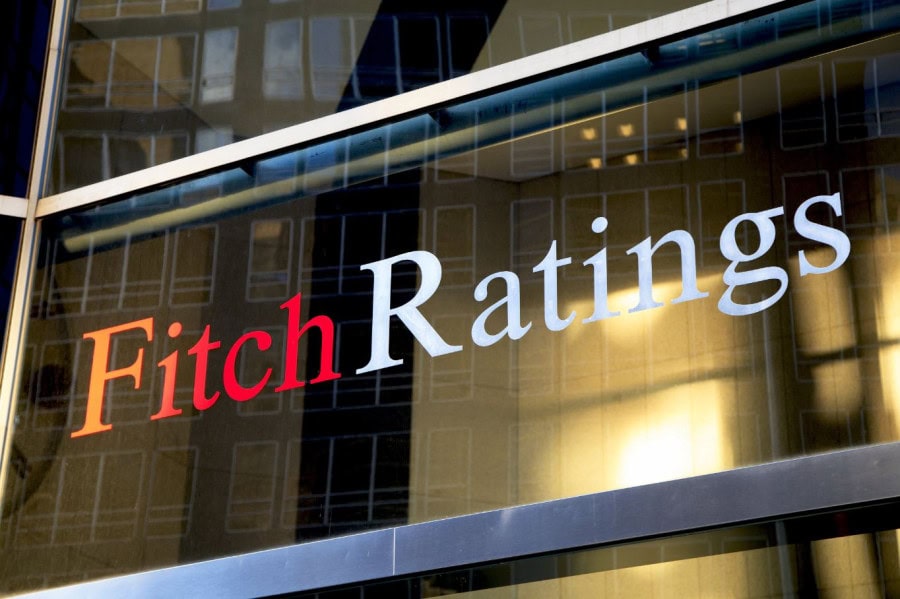Fitch Ratings, an American credit rating agency, has revised and downgraded Pakistan’s outlook from stable to negative due to the significant deterioration in Pakistan’s external liquidity position and financing conditions since early 2022.
In a statement on Monday, the agency affirmed Pakistan’s Long-Term Foreign-Currency (LTFC) Issuer Default Rating (IDR) at ‘B-‘.
Regarding the deal with the IMF, it said that it sees board approval of Pakistan’s new staff-level agreement with the IMF, but there would be “considerable risks to its implementation and to continued access to financing after the programme’s expiry in June 2023 in a tough economic and political climate”.
Read: Moody’s lowers Pak outlook from stable to negative
Key Factors
Political Risks: Fitch listed several factors for its decision to downgrade Pakistan’s outlook to negative. It said that the renewed political volatility cannot be excluded and could undermine the authorities’ fiscal and external adjustment, as happened in early 2022 and 2018, particularly in the current environment of slowing growth and high inflation.
Reserves under Pressure: It said that the State Bank of Pakistan (SBP) had to use reserves to slow currency depreciation. Liquid net FX reserves at the SBP declined to about $10 billion or just over one month of current external payments by June 2022, down from about $16 billion a year earlier.
Current Account Deficits: It estimated the CAD to reach $17 billion (4.6% of GDP) in the FY22, driven by soaring global oil prices and a rise in non-oil imports boosted by strong private consumption.
Read: Whopping $48.2bn trade deficit recorded during FY22
However, fiscal tightening, higher interest rates, and measures limiting energy consumption and imports could narrow the CAD to $10 billion (2.6% of GDP) in FY23.
High Inflation: It forecast average inflation of 19% in FY23 and 8% in FY24 but warned that the recent and planned future energy price hikes would all fuel broad-based inflation and mean inflation is skewed to the upside.
Read: Inflation reaches 21.3pc in June; highest since 2008
Falling Growth: The agency shared that preliminary estimates show real GDP growth of 6% for FY22, up from 5.7% in FY21, driven mainly by private consumption, as in FY21, while net exports continued to weigh on growth.
“In our view, this largely reflected a loosening of fiscal policy in FY22, as well as a fairly loose monetary policy despite significant tightening throughout the year (ex-post real policy rates on the average negative in FY22),” it said.
“We forecast slower growth of 3.5% in FY23 amid fiscal and monetary tightening, high imported inflation, and a weaker external demand outlook, all of which will also hit household and business confidence,” the agency stated.










